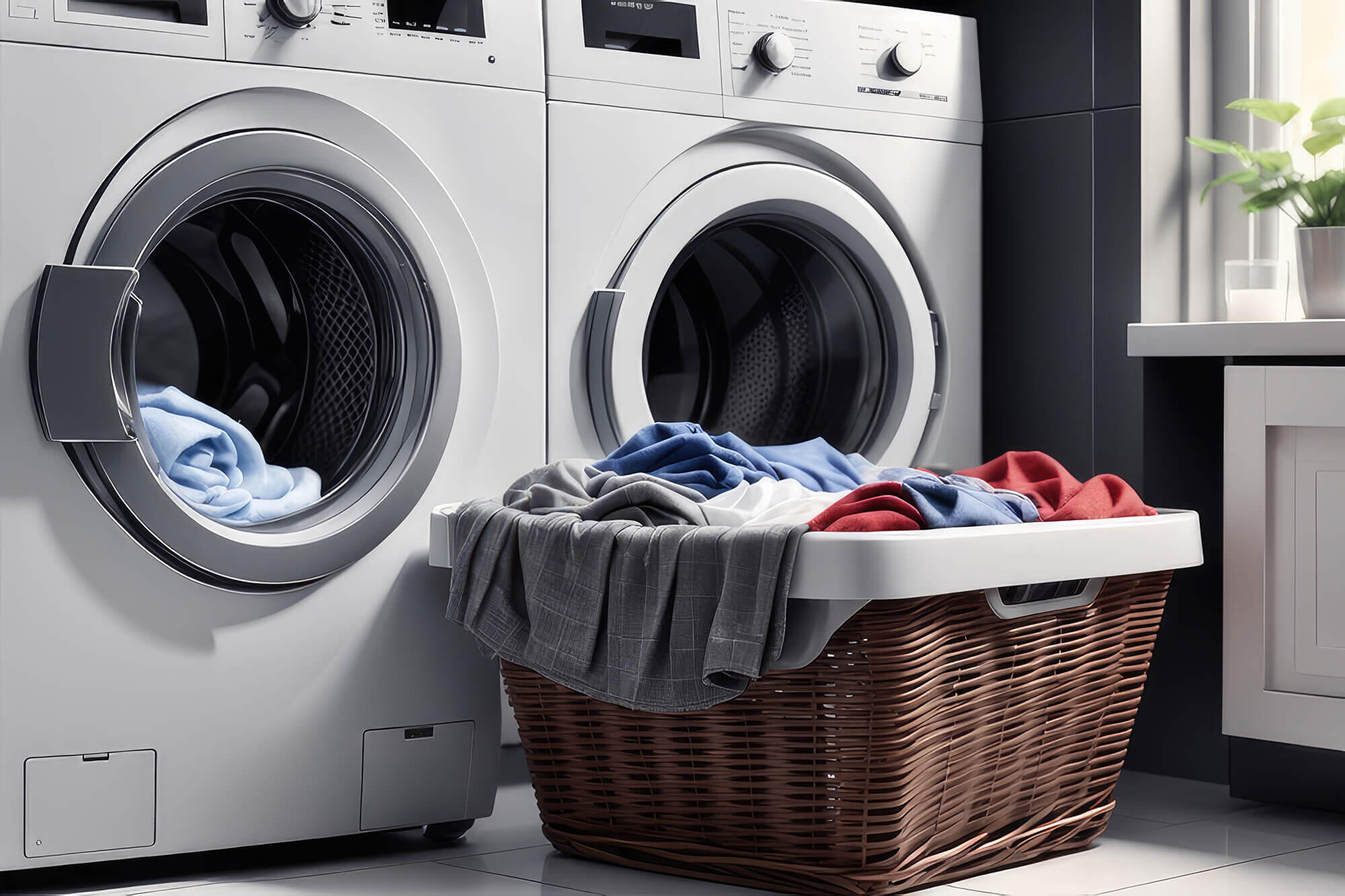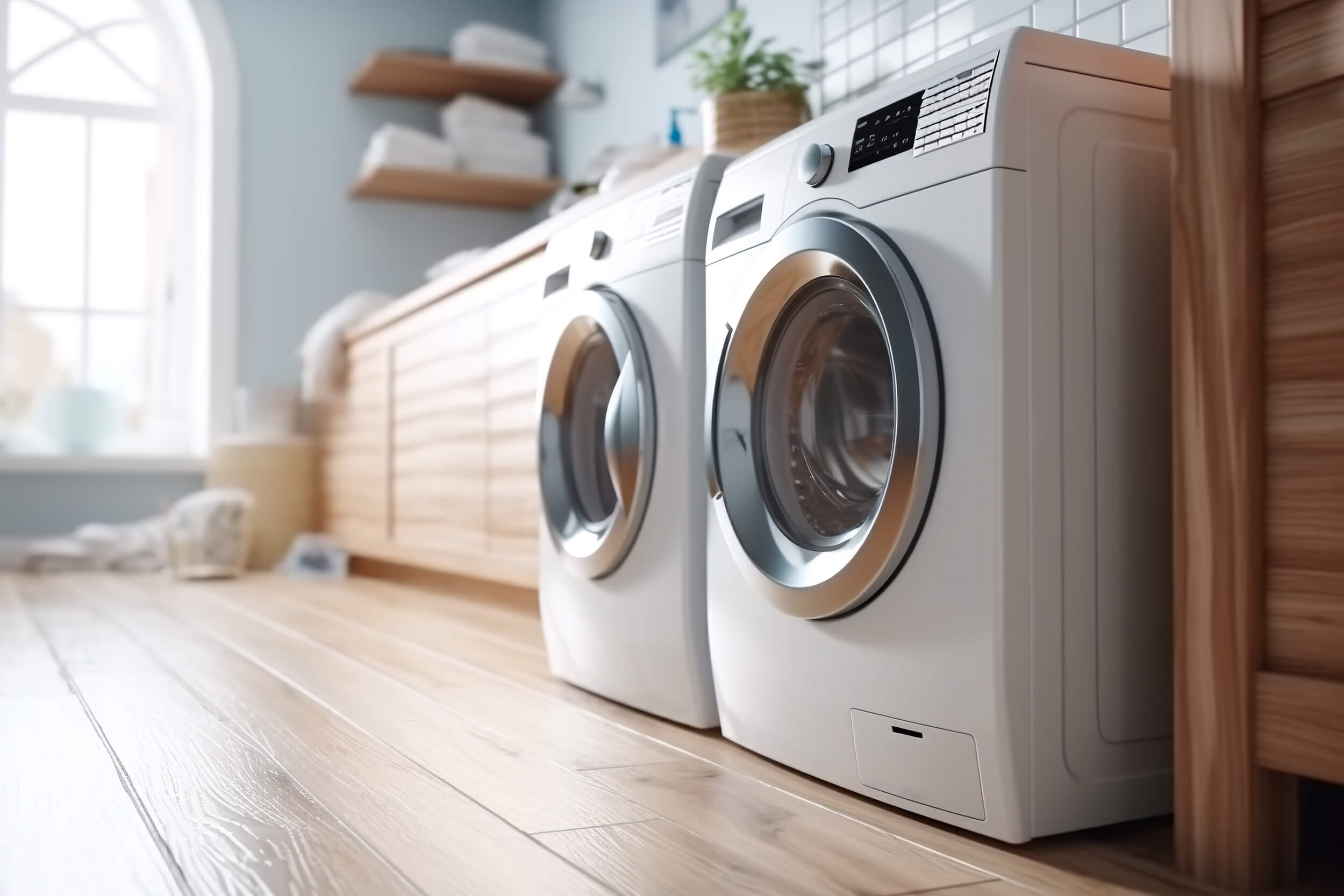The Department of Energy (DOE) issued new efficiency standards today for commercial and industrial pumps that are based on efficiency levels negotiated by manufacturers, efficiency advocates, and other stakeholders. In addition to establishing the first-ever national efficiency standards for pumps, the final rule also provides a mechanism for energy efficiency programs to incentivize high-efficiency pump packages.
The new standards apply to clean water pumps between 1 and 200 horsepower, which are used for a wide variety of applications such as irrigation, circulation of hot and cold water in commercial buildings for heating and cooling, and pressure boosting in high-rise apartment buildings. The standards will require the least-efficient 25% of pumps in today’s market to be redesigned to improve efficiency and reduce energy losses.
Pumps meeting the new standards sold over 30 years would reduce electricity consumption by about 30 billion kilowatt-hours, which is equivalent to the annual electricity use of 2.8 million US households, and save customers $0.4-1.1 billion.
The standards reflect efficiency levels that were agreed to by manufacturers, efficiency advocates, pump users, and utilities as part of a negotiated rulemaking, and build on standards established in the European Union.
The new standards are based on a metric which incorporates not just the power consumption of the pump itself, but also of the motor that drives the pump and any controls. In many pump applications, the required flow is variable. Oftentimes, this variable flow is achieved by opening and closing valves, which wastes a significant amount of energy. A better option for variable load applications is to control the pump using a variable speed drive, which adjusts the pump output to just meet the required load and can reduce energy consumption by up to 50% or more. The energy saving benefits of variable speed drives are captured in the new metric, such that a pump with a variable speed drive will have a significantly better rating than a constant-speed pump. The new ratings for pumps will provide additional information to customers for their purchasing decisions, as well as a mechanism for utilities and other efficiency program administrators to incentivize high-efficiency pump packages.
The new pump standards join several others published by DOE in late 2015, including new commercial air conditioner standards. Based on DOE estimates, the commercial air conditioner standards will save more energy than any other ever established by the agency.
The new standards for pumps will take effect in 2020.





